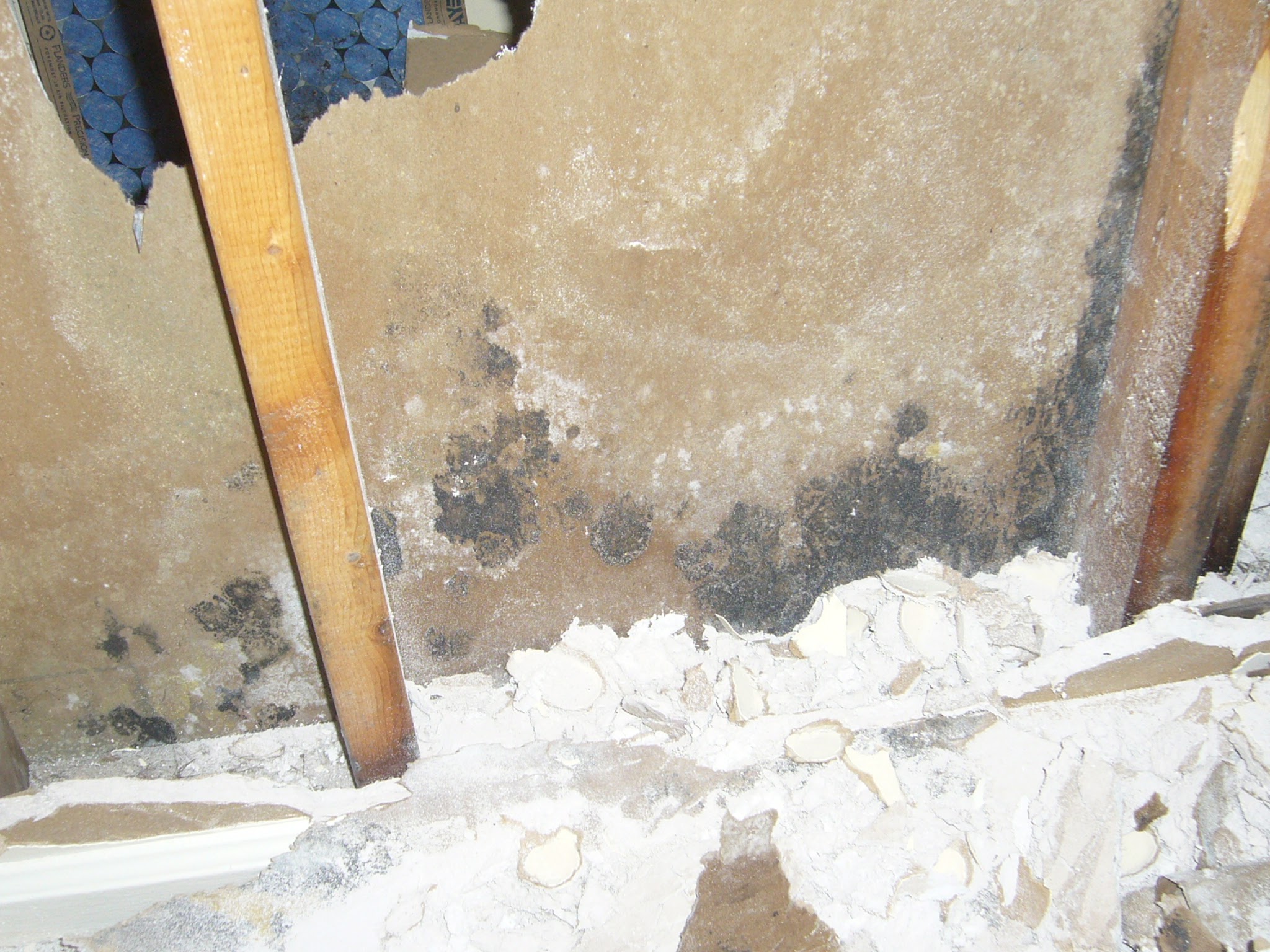Ways to Repair a Water-Damaged Wall in the Bathroom
Ways to Repair a Water-Damaged Wall in the Bathroom
Blog Article
What are your opinions about Preventing Water Damage in the Bathroom?

The shower room is very at risk for damp buildup and potential water damage due to the regular use of water in it. This post provides easy evaluation methods to aid detecting water damage dangers.
The regular use of water in the washroom makes it very susceptible for moist buildup and potential water damage. By evaluating it frequently, you can decrease water related problems.
The following set of evaluations is simple to perform as well as should be done once in every three months in order to maintain your bathroom in good shape and also to prevent prospective water problems caused by the tub, the shower, pipeline joints and plumbing, sinks, cabinets, as well as the commode
Do not neglect carrying out these assessments and also be comprehensive while doing them. Keep in mind that these basic assessments can conserve you a great deal of cash by providing early signs for water damage
Tub and also Shower
The shower and tub call for unique attention and upkeep. Examine the tiles as well as change if broken. See to it that there is no missing cement in between the floor tiles. Examine and also replace broken caulking at joints where the wall surfaces meet the flooring or the bath tub. Blocked drains pipes and pipes troubles will stop the bath tub from drying as well as might indicate severe troubles beneath the tub. Seek advice from a professional promptly to stop architectural damages. Pay attention to stainings or soft locations around the tub wall surfaces as they may suggest an inner leak.
Plumbing
Signs for water damages are tough to discover considering that most pipes are mounted inside the walls.
Pay special focus to flooring as well as wall surfaces moisture as well as discolorations as they may indicate an undetectable plumbing issue. Examine moisture levels in adjacent areas too.
Sinks and Cabinets
Sinks as well as closets are revealed to moisture as well as humidity everyday and also are frequently ignored. Evaluate frequently under the sink and also on the countertop over it. Fix any drip in the trap as it might recommend drainpipe problems. Take a look around the sink, sluggish draining pipes might show an obstructed drain. Change sink seals if they are cracked or loosened.
The Bathroom
The toilet is a susceptible water joint. Examine the water lines and look for leakages around the commode seat, in the tube, as well as under the water storage tank. If you identify any kind of indicators of wetness on the flooring around the commode, look for leaks in the toilet rim as well as storage tank seals.
Know that hanging commode dish antiperspirants increases the chances for blockages.
TIPS TO PREVENT WATER DAMAGE IN THE BATHROOM
The average household uses approximately 80-100 gallons of water per person per day. For a family of 4, that's almost 2,500 gallons of water a week! The largest portion of this consumption comes from bathroom use. Flushing the toilet uses the most water, followed by taking a shower or bath. With that much water running through the home, water damage in the bathroom is bound to happen. Knowing how to spot signs of a water leak is essential to preventing long-term damage. This guide provides you with tips to reduce the impact of water damage on your bathroom.
CAUSES OF BATHROOM WATER DAMAGE
Pipe breaks are the most common cause of water damage we see in our daily jobs. The age of a pipe plays a large role in a pipe break as well as corrosion. Over time, the metal begins to break down, allowing water to escape. Frozen pipe breaks are also a concern in the winter months. Toilet overflows caused by paper products or children flushing inappropriate items. Degraded caulking around the toilet or bathtub can allow water seepage, sometimes behind the fixture, into the subfloor or walls. Condensation forms when the water in a pipe is cooler than the air temperature. Beads of water form on the exterior of the pipes, sometimes so much so that the water begins to drip and pool below. Sink or shower backups created by poor drainage. HOW TO PREVENT WATER DAMAGE IN YOUR BATHROOM
Inspect your toilet supply line for worn or frayed hoses and replace them as needed. Winterize your plumbing to prevent a frozen pipe break. Use vent fans to prevent condensation that can lead to mold growth. Routinely check and replace degraded caulking around your toilet or bathtub. Increase the temperature in your toilet tank and insulate your pipes during the warm summer months to keep condensation from forming. Use child safety locks on the toilets. Flush only toilet paper. "Flushable" wet wipes are actually not good for your plumbing system. Additionally, feminine hygiene products should not be flushed. Prevent water from escaping the tub or shower. Make sure shower curtains are in good condition. Inspect shower doors and replace the seal strip if necessary. Wipe up any water that accumulates on the floor and use bath mats. Water left to sit can cause damage to the tiles and flooring. Refrain from using bath products containing heavy oils to avoid a clogged drain.

Do you enjoy reading up on Looking for Signs of Water Damage in the Bathroom? Create feedback further down. We will be delighted to find out your thoughts about this write-up. We hope that you come back again before long. Those who appreciated our page plz don't forget to pass it around. I praise you for your time. Please check our blog back soon.
Course Detail Report this page